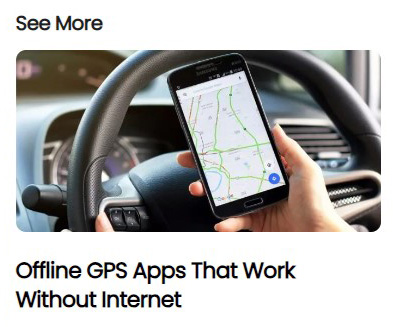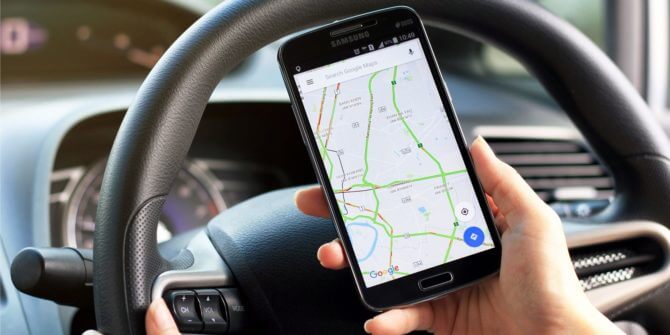Today we will discuss apps to view satellite images and how these tools can help your daily life.
Since their release as a Google Maps tool, satellite imagery navigation has been used for many people who don’t feel comfortable navigating through maps, or just wish for a more realistic view of the surroundings
There are several issues with satellite imagery navigation, including a complex process between Google and U.S. and Europe’s governmental security satellites, and the source of images used on these apps.
Let’s understand the pros and the limitations of those apps to view satellite images and explain how they work.
Which technologies are involved in satellite imagery navigation?
There is a true mix of information and technologies working together to enable satellite imagery navigation apps.
It’s important to understand, however, that those techs have limitations and, ultimately, are just the overlap of satellite images, sent by the satellites quoted above, with the well-known GPS navigational system.
This means that, even though those images seem updated, they are not real-time. Offering a service of real-time satellite imagery on a global scale like Google Maps and Google Earth is simply impossible. At least by now.
Even though the Google Earth initiative still can offer very interesting information, it’s an open API, which means other companies can use the database created to offer new apps and services using geolocation.
The openness of Google Earth API is something very important, not only for navigational purposes, since the API can be used for apps, sites, and programs that make some other uses of those images. Tourism, education, and culture have been using those images as well, using the time frame function to alert about deforestation and other environmental issues.
Which apps to view satellite images are free to use?
- There are several free satellite imagery navigation apps, which have little difference from each other, mainly because they all start from the same API.
- That said, the main and easiest way to view satellite images is just to use Google apps: Google Maps and Google Earth.
Some other good choices are crowdsourced information apps, like Waze. They can offer much more accurate information about traffic in real-time, or even other information like weather, etc.
Zoom Earth, Bing’s competitor for Google Earth, is another good tool you can check. It has no app so far, but it’s a good idea if you are on a computer and want another tool than Google Earth.
A good tip about using satellite imagery navigation is to check the front of the address in Google Earth before heading out.
A good tip about using satellite imagery navigation is to check the front of the address in Google Earth before heading out. Now, if you are curious about the changes in the world in the last few years, you can use the time frame function on Google Earth and see how neighborhoods have been since 1988!
This is a good tool to use in history classes, to show how the world changed in the last 30 years, or to travel through memory lane. Checking some places that you haven’t visited in years can be touching.
How to install a apps to view satellite images?
In most cell phones Google Maps is installed by default, if it’s not the case or if you want to install some other apps, follow the steps:
- Open the app store
- Search for the app in the search tool.
- Make sure it’s the right app and click on it
- Now click on download the app. If it’s a paid app, proceed with the payment.
- If your phone doesn’t have enough space, delete some other apps, pictures, or other files.
- When the download is finished, you can start the app.
An important reminder: all the apps using Google API for geolocation need an internet connection to work properly. Some companies offer special data packages just for that, you can check if yours have something like that.
Like this article? Missed something? Let us know!



